Tehran, July 3, 2024 – Iran's presidential election on Friday did not yield a decisive winner, leading to a run-off election scheduled for next Friday, July 5. The four candidates – Masoud Pezeshkian, Saeed Jalili, Mohammad Baker Kalibaf, and Mostafa Pourmohammadi – all failed to secure more than 50 percent of the vote. The run-off will feature the two leading candidates, Masoud Pezeshkian and Saeed Jalili.
In the initial election, Pezeshkian, a cardiac surgeon, received 42 percent of the vote, while his closest rival, the radical Saeed Jalili, garnered 38 percent. The upcoming run-off will be a crucial battle between Pezeshkian's reformist policies and Jalili's conservative stance.
On Tuesday, both candidates engaged in a heated debate over Iran's economic situation and the impact of Western sanctions. Pezeshkian highlighted the severe damage sanctions have inflicted on Iran's economy, pointing to a 40 percent inflation rate over the last four years and rising poverty levels. He emphasized the need to lift sanctions immediately and pledged to stabilize the economy and reduce nuclear sanctions.
In contrast, Jalili, who opposed the 2015 Iran nuclear deal, insisted that the United States must honor its commitments and lift the sanctions. He criticized Pezeshkian's approach for not condemning the sanctions strongly enough.
The initial election results revealed a split between reformist and conservative factions. Pezeshkian was the only reformist candidate, while the conservative vote was divided among three candidates. Analysts believe that the outcome of the run-off election will significantly influence Iran's future diplomatic and economic policies.
Next Friday's election will determine whether Pezeshkian's reformist agenda or Jalili's conservative approach will shape Iran's path forward. The international community is closely watching as Iran prepares for this critical decision.



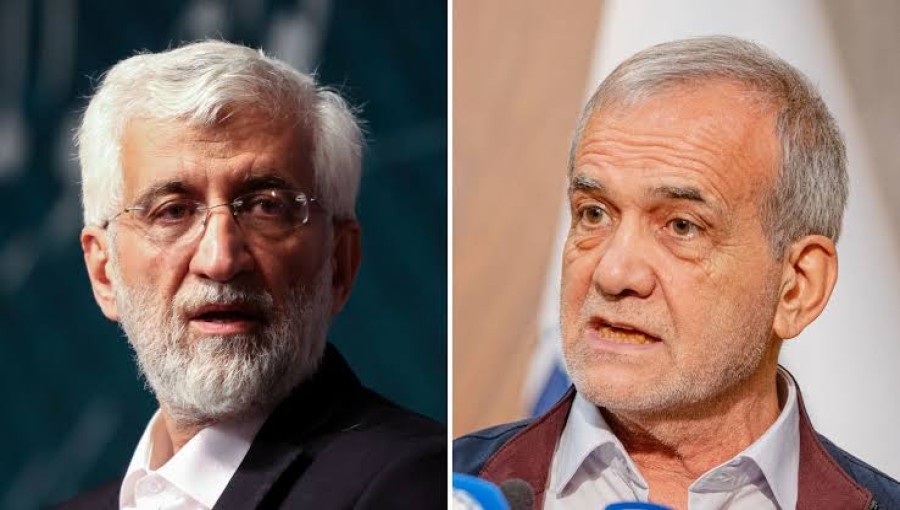
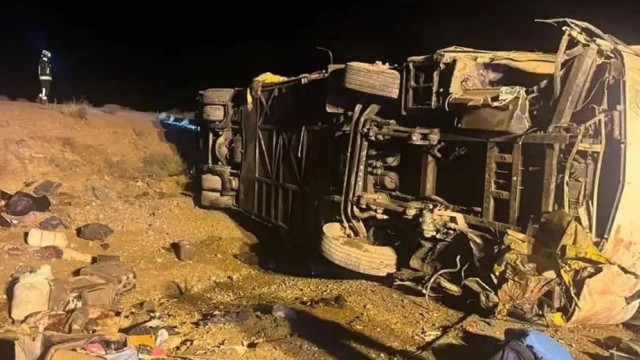

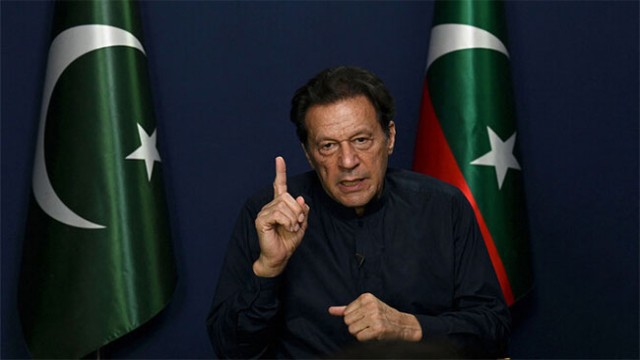
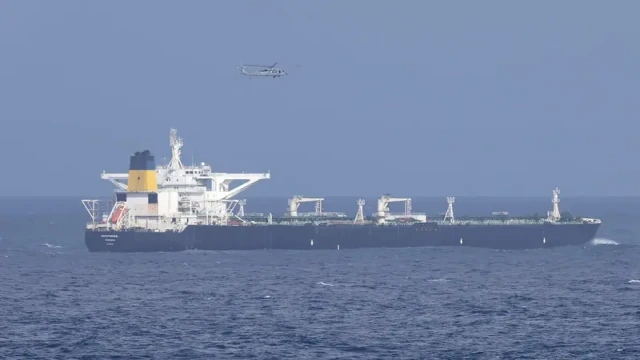
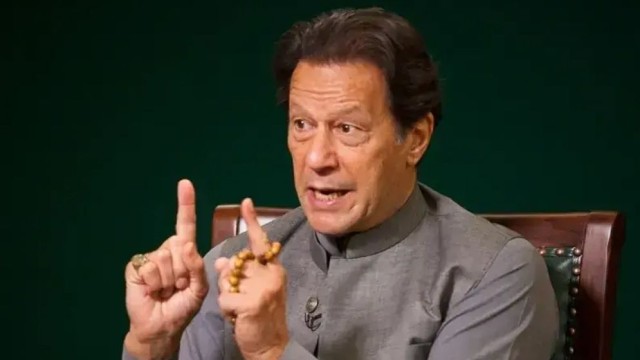
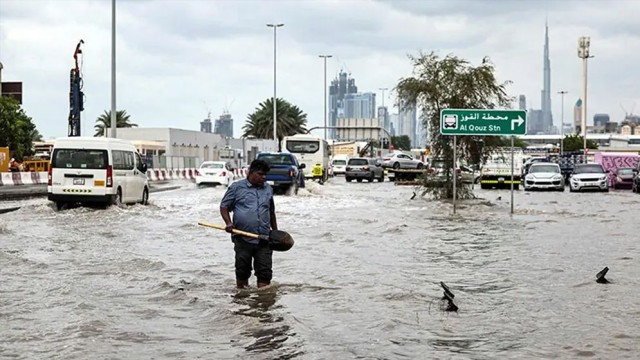
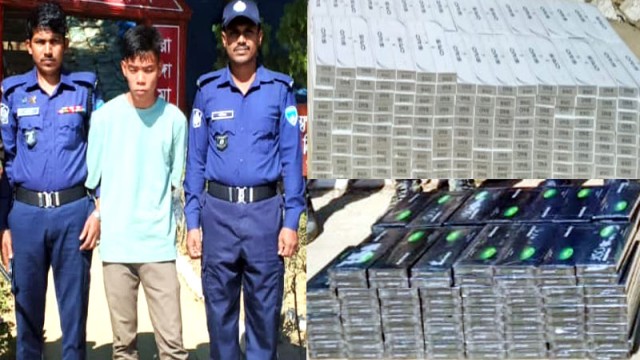
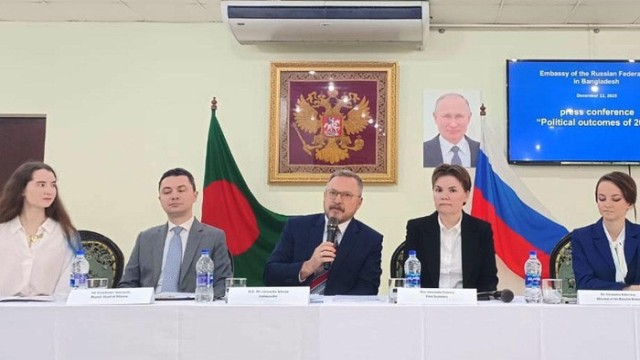
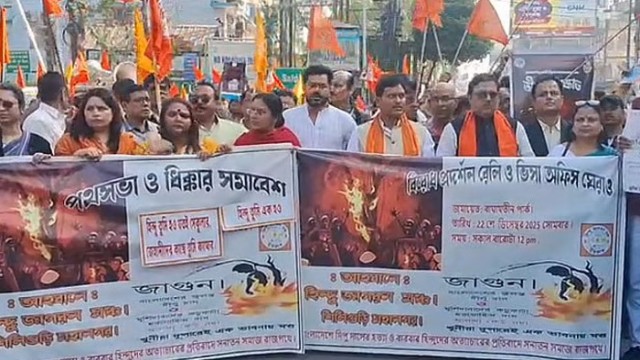
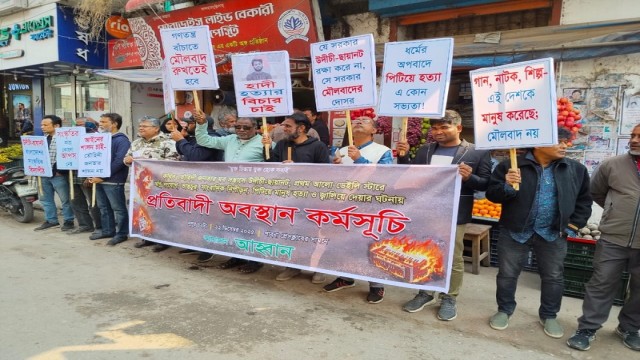
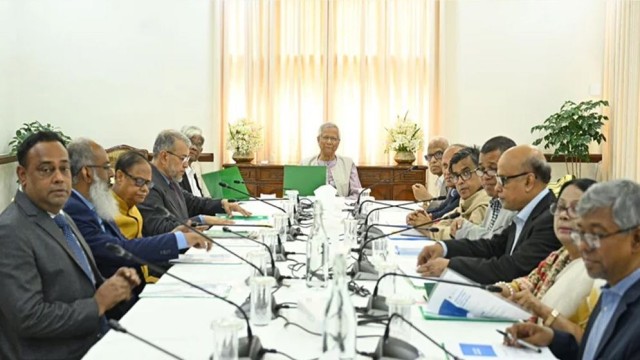
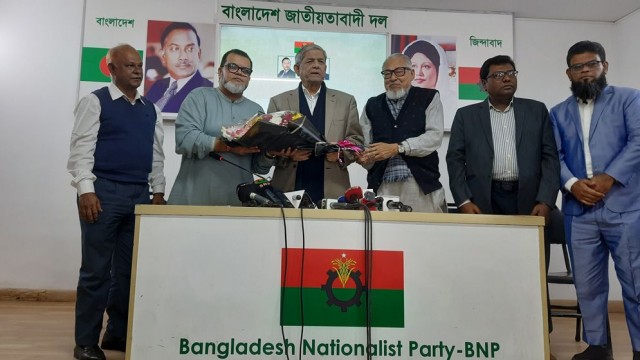
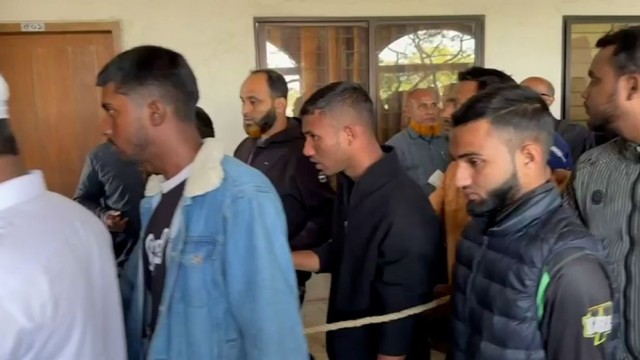
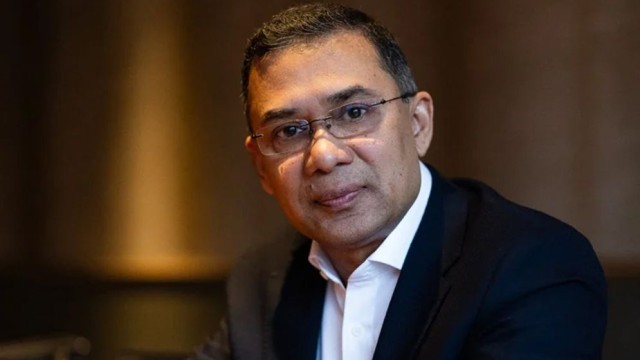
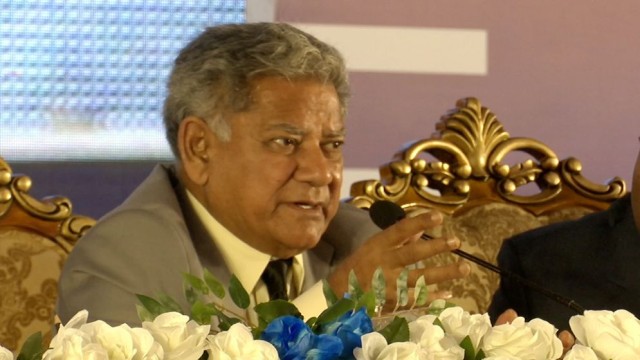
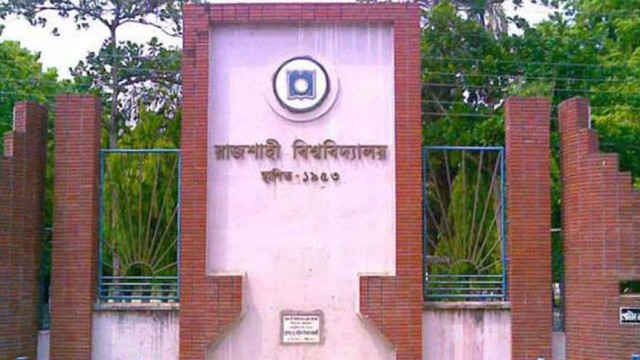

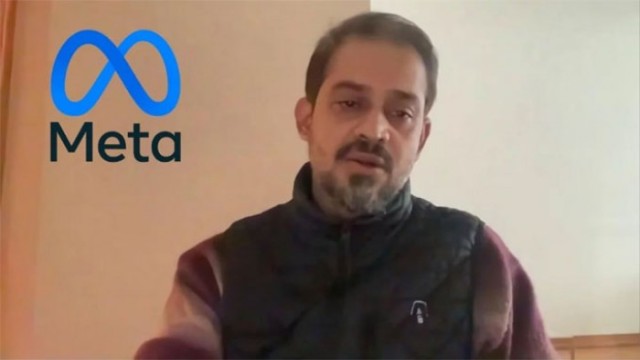
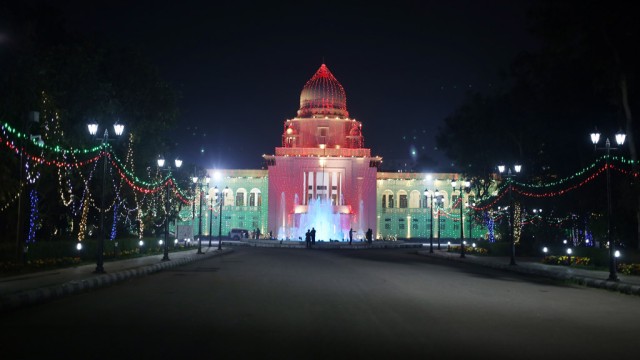
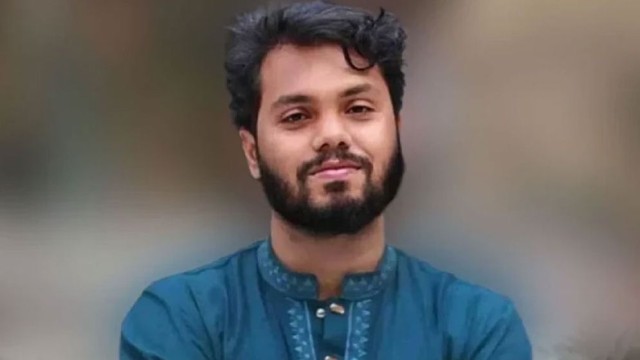
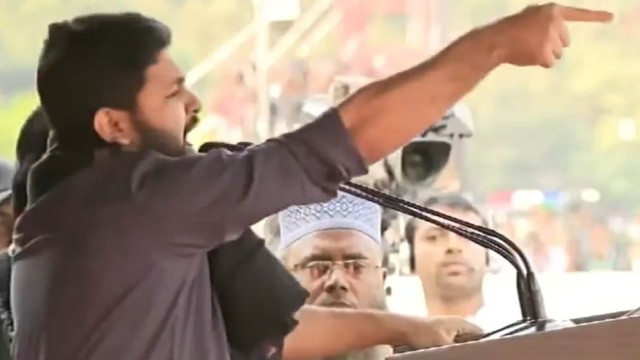
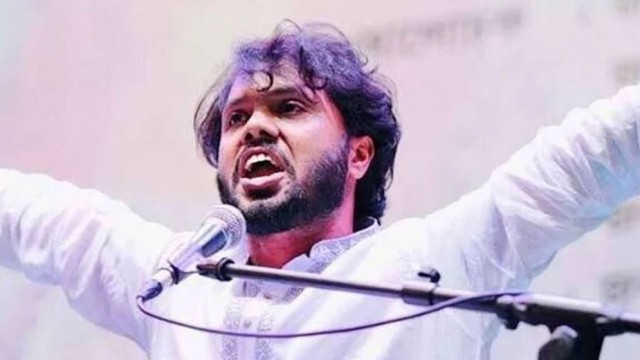
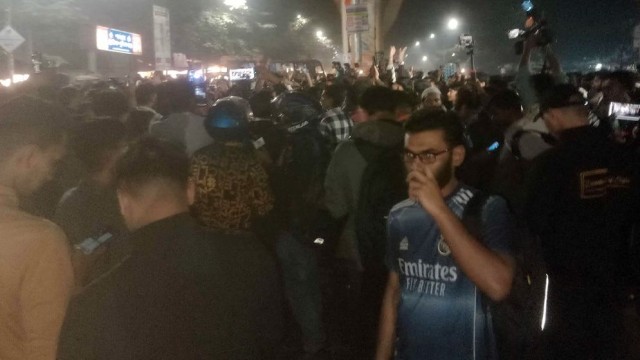

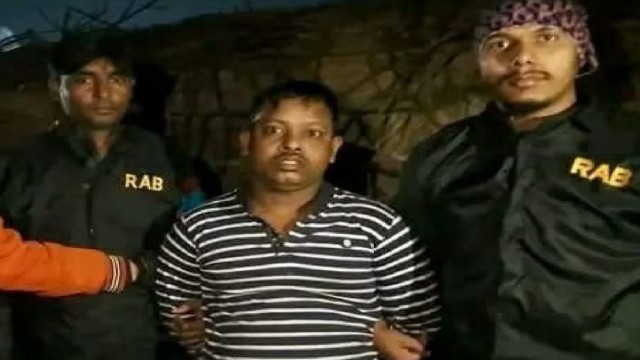
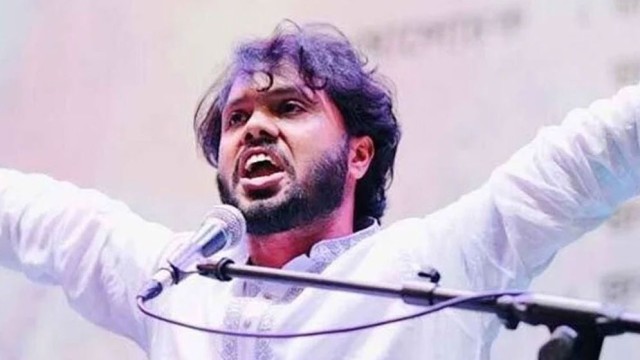
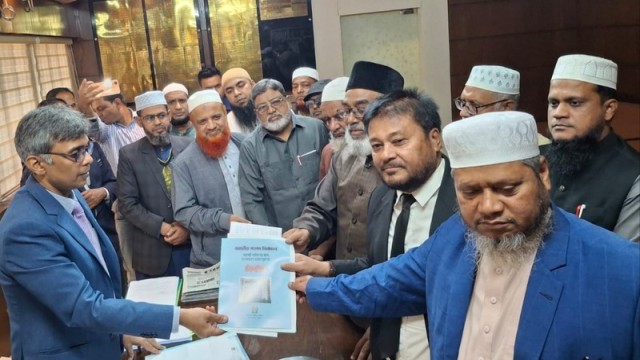
Comment: